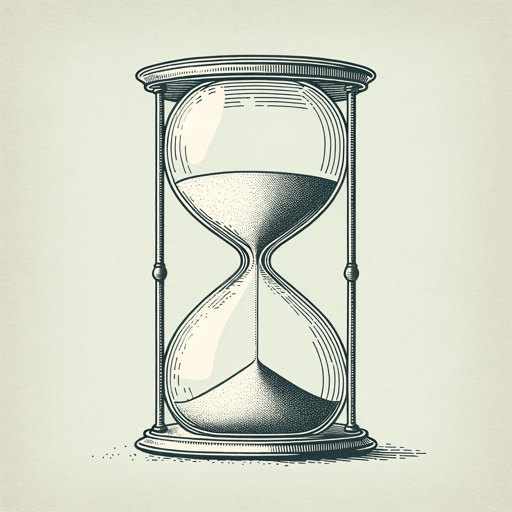28 pages • 56 minutes read
Philip ZieglerThe Black Death
Nonfiction | Book | Adult | Published in 1969A modern alternative to SparkNotes and CliffsNotes, SuperSummary offers high-quality Study Guides with detailed chapter summaries and analysis of major themes, characters, and more.
Themes
Living with Death
The author notes throughout the text the pervasive nature of medieval people’s contact with death even before the Black Death—something that is hard for modern readers in the developed world to imagine. We take for granted the idea that medicine is a scientific endeavor that understands pathways of disease, researches the functioning of the human body, and uses evidence-based approaches to find new means of curing disease and alleviating pain and suffering. Nursing homes, hospice care, and funeral home services remove evidence of death from daily life.
In the Middle Ages, however, death was highly visible. Dying mostly occurred at home, barring an accidental or untimely demise. Medicine was not a science, but more a combination of naturopathy, superstition, and anecdote, relying on incorrect theories of disease transmission and poorly developed comprehension of how the human body works. Poor standards of living kept populations in low states of health, allowing illness to have worse outcomes. All of this meant that even before the plague, “Death had always been a preoccupation of medieval man”; with the onslaught of the Black Death, “it became an obsession” (102). Death was ubiquitous, unpredictable, cruel, and unavoidable, leaving a devastated Europe in its wake.
Featured Collections
9th-12th Grade Historical Fiction
View Collection
Community
View Collection
European History
View Collection
Health & Medicine
View Collection
Nation & Nationalism
View Collection
Order & Chaos
View Collection
Politics & Government
View Collection
Religion & Spirituality
View Collection
Required Reading Lists
View Collection
Safety & Danger
View Collection
Science & Nature
View Collection

